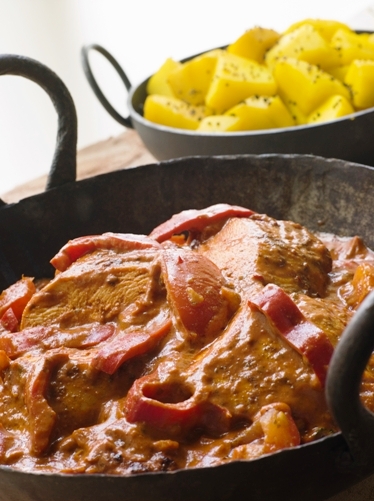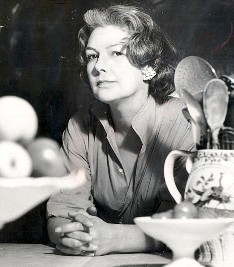A guest post by Chef, Miles Collins:
When Laura kindly offered me her pulpit to eulogise the wonders of the Silk Road I knew at once what I should write about-England. I am English and as an Englishman I owe those ancient traders and travellers of the Silk Road a huge debt of gratitude. For as much as Laura’s writings of soups and stews from Azerbaijan to Pakistan seem a million miles from the green and pleasant pastures of an English countryside it is our penchant for spice which binds us in a way most of my fellow country folk are blissfully ignorant of.Laura’s investigative prowess has shone through in her book and on this blog and has taught us that herbs and spices have played an integral part of all of our history since the earliest civilisations.
So what of the Silk Road’s influence on English food? For that I turn to the Queen of English cookery writing, Elizabeth David. For it is Ms David who, for me bridges that gap in food terms between the days of the British Empire and the multi- cultural Britain we see today. It is in her wonderful book Spices, Salt and Aromatics in the English Kitchen, first published in 1970 that you are reminded of the importance of spice in English cookery.
The book is littered with references to nutmeg, cinnamon, cumin, pepper, mace and mustard among many others and, quite rightly dispels the commonly held English misconception that these flavours are unique to England. I must point out that this is not based on some form of old colonial arrogance, far from it. It stems from the dishes the English have known and loved since their earliest childhood memories; cinnamon toast, custard tarts flecked with nutmeg, kedgeree, boiled mutton with mustard sauce, Christmas pudding, boiled sweets with aniseed, the list goes on. You see, spice has been embedded in our food culture in a quiet, unassuming way for so long that we have made it our own in our typically quiet and unassuming way.

Perhaps it is because our use of spice tends to be less liberal than that of other cuisines that we don’t notice it so much. With the exception of our fiery ‘English’ mustard much of our use of spice can be found in baked form such as puddings, breads, tarts and pies which is why, I suppose that a fresh grating of nutmeg always reminds me of home and childhood desserts.
References to curry can be found in our history books as far back as the 16th century but it wasn’t until the Victorian era and more especially the First World War when the notion of using curry spices to mask the flavour of meat such as mutton really took hold in people’s homes.
Fast forward from David’s heyday in the fifties and sixties to modern day Britain and our national favourite as voted by the British public; the chicken tikka masala. Much was made of this revelation a couple of years ago, it was, apparently a sign of our changing culture and a new found love of spice. I am not sure which is the more delicious, the masala or the irony. (Words by Miles Collins; Photo of Elizabeth David borrowed from The Daily Mail; Photo of Chicken Tikka Masala by monkeybusinessimages@Dreamstime.com)

